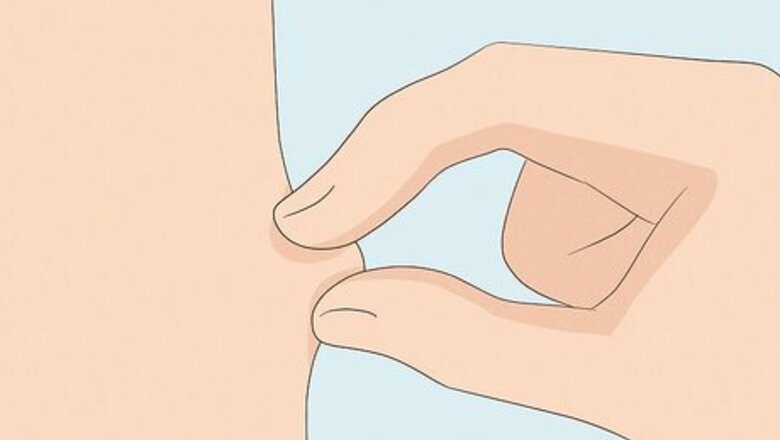
views
- Do a “pinch test” with your finger and thumb to feel the difference between stretchier loose skin and more dense fat tissue.
- Anticipate having loose skin if you’re over 40 or have lost weight rapidly, and excess body fat if you have an elevated BMI.
- Treat excess body fat and loose skin with exercises, supplements, and cosmetic procedures, tailored to each condition.
Pinch Testing to Identify Fat and Loose Skin
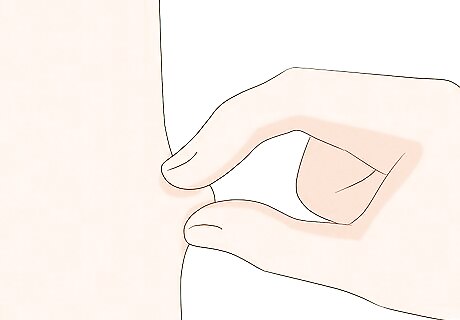
Pinch skin between your thumb and forefinger in your area of concern. Doing a pinch test is similar to the more medically-precise caliper test, but doesn’t require any tools. Without causing yourself too much pain, try to pinch your thumb and forefinger together and pull them (and the flesh between them) away from your body.

Try to pull the pinched skin at least 1 in (2.5 cm) outward. Loose skin is easy to pinch—you’ll feel like the tips of your thumb and forefinger are almost touching. It’s also easy to pull loose skin about 1 in (2.5 cm) or more away from your body. Body fat, however, is much harder to pinch together and pull away from the skin. If you’re pinching body fat on your stomach, for example, you won’t be able to pinch your thumb and finger almost all the way together—you’ll feel the layer of fat in between. If you try to pull the pinched flesh at least 1 in (2.5 cm) away from your body, your grip will most likely slip off.
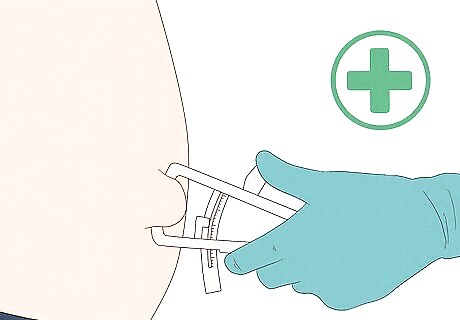
Undergo a professional caliper test for a more accurate evaluation. While it’s sometimes also called a “pinch test,” medical testing with a caliper is more precise than just using your fingers. Your doctor or other medical professional will measure folds of skin in specific locations with the caliper, and use this data to estimate your body fat percentage. You can buy a skinfold caliper and use an online calculator to estimate your body fat percentage on your own, but you’re better off having a medical professional do the job so you get a more accurate result.
What’s the difference between fat and loose skin?
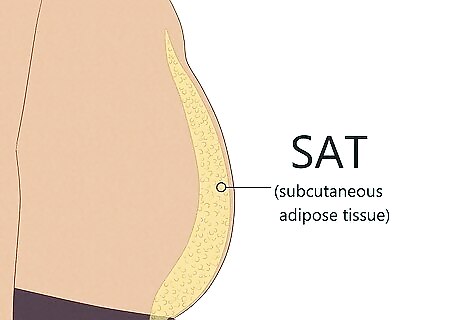
“Body fat” is technically subcutaneous adipose tissue. This tissue (also referred to as SAT) is found under the skin all over your body, and is used for both energy storage and insulation. Excess SAT, however, which often builds up on the stomach, hips, buttocks, and upper arms, can increase your risk of conditions like cardiovascular disease, diabetes, and cancer. Excess SAT can also contribute to depression and related conditions, often tied to body image concerns.
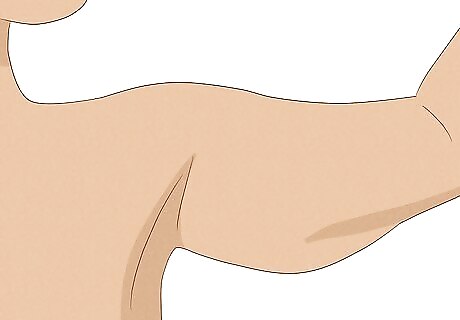
“Loose skin” refers to any type of sagging or wrinkled skin. This sagging or wrinkling is typically a result of a decline in collagen and elastin, which give skin its stretchy quality. Loose skin can also happen after significant and/or rapid weight loss. While loose skin can sometimes cause physical health issues (like repeated rashes), it primarily impacts emotional wellbeing due to body image issues.
What causes loose skin and excess fat?
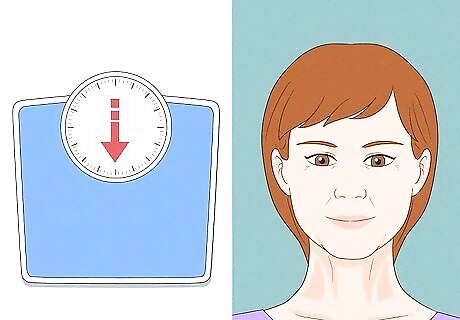
Loose skin is often tied to weight loss, age, and health issues. No, you’re not guaranteed to have loose skin if you’re over 40, have lost a lot of weight, have recently been pregnant, or have a condition like Ehlers-Danlos syndrome. That said, most people who have loose skin fall into one of these groups. Losing weight at a gradual pace is less likely to result in loose skin, while very rapid weight loss (such as after weight loss surgery or sometimes after pregnancy) frequently results in loose skin. Skin, due to declines in collagen and elastin, naturally loses its elasticity as you age. The effects—wrinkling, sagging, or loose skin—usually begin to appear around age 40. While genetic factors and rare medical conditions like Ehlers-Danlos syndrome can cause loose skin, health issues related to smoking or frequent exposure to UV light (like sunlight) more commonly lead to wrinkles and loose skin.
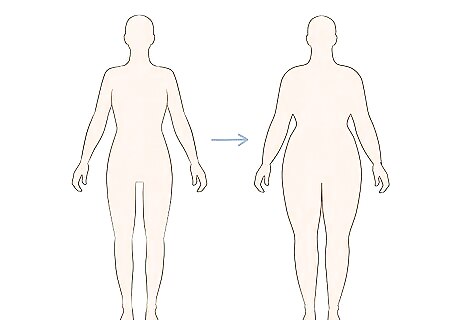
Excess body fat is usually tied to an elevated BMI. It’s certainly true that factors like genetics, age, gender, and menopausal status can affect how much visible body fat you have. That said, being overweight (based on calculating your body mass index [BMI]) is the most consistent indicator. In addition to excess visible body fat (subcutaneous adipose tissue or SAT), having a high BMI also increases the likelihood of excess visceral adipose tissue (VAT), the “invisible” fat that surrounds your internal organs. For adults, a BMI under 18.5 is considered underweight; 18.5-24.9 is considered healthy weight; 25-29.5 is considered overweight; and 30+ is considered obese. Note: Keep in mind that you can have both loose skin and excess body fat simultaneously. For instance, if you have rapidly lost weight but are still overweight, you may have areas of loose skin as well as areas of visible body fat.
Treatment Options
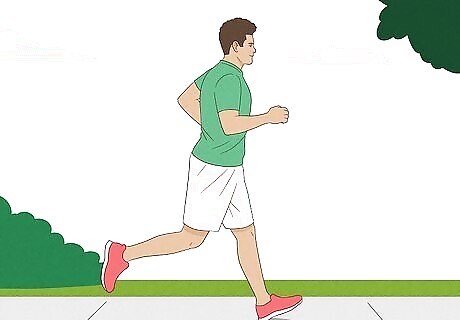
Exercises for body fat and loose skin: For overall health benefits, all adults should aim to do 150 minutes of moderate intensity exercise (like brisk walking, jogging, biking, or swimming) per week. For specific benefits in burning fat or tightening loose skin, though, add one (or both) of the following to your exercise routine: Burning fat: Do 2-3 weekly sessions of high-intensity intermittent exercise (HIIT). You might, for instance, do a bicycle sprint for 8 seconds, then bike slowly for 12 seconds, and repeat the process for 20 minutes. Talk to your doctor regarding the best program for your circumstances. Tightening skin: Building lean muscle with 2-3 strength training sessions (30-60 minutes each) per week can help fill out and smooth out areas of loose skin. Employ a mix of exercises like lat pulldowns, dumbbell curls, leg raises, and inclined presses for the best results.
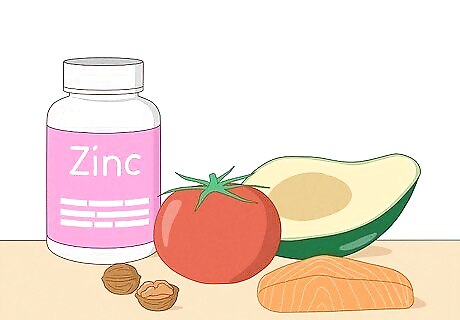
Foods and supplements for loose skin: Foods and supplements can’t magically tighten loose skin, but they can improve your skin’s elasticity and overall health. Start by eating a healthy diet with lots of vegetables, fruits, whole grains, lean proteins, and healthy fats, which is good for every part of your body. From there, foods and supplements like the following may provide skin-boosting benefits: Vitamin C, which boosts your immune system and helps your skin produce more collagen. Food choices include citrus and tomatoes. Vitamin E, which helps protect your skin from cell damage. Good food options include almonds and avocados. Omega-3 fatty acids, which add moisture and suppleness to your skin. Oily fish and walnuts are good food sources. Water, which hydrates your skin. Copper, zinc, iron, and selenium, which have all shown promise in supporting skin health in research studies. Collagen peptide supplements, which may improve skin hydration and elasticity.
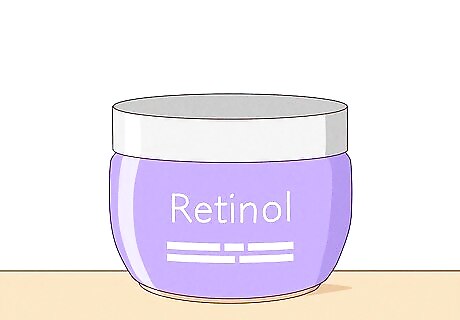
Topical treatments for loose skin: There is an endless supply of creams and ointments out there that claim to produce younger-looking, tighter skin. Often these claims are unproven and unfounded, but topical treatments that fall in the following categories have the best research-backed claims: Cell regulators, most notably retinol, which help boost collagen production in skin. OTC and prescription treatments are available. Antioxidants, including Vitamins B3, C, and E, which protect the collagen in your skin. Again, OTC and prescription options are available.

Lifestyle changes for loose skin: Making changes—some simple, some possibly more significant—to your daily routine can do a great deal to protect your skin and keep it healthy. Loose skin won’t simply vanish, but may become less noticeable as your skin health improves. Consider the following: Protect your skin from the sun by applying broad-spectrum sunscreen, wearing hats and protective clothing, and avoiding sun exposure during midday. Treat your skin gently by avoiding long, hot baths or showers, shaving with dull razors, and rubbing vigorously with a towel. Apply moisturizer when your skin feels dry. Stop smoking to improve your skin health, as well as your overall health in countless ways. Reduce stress in your life to support healthy skin.
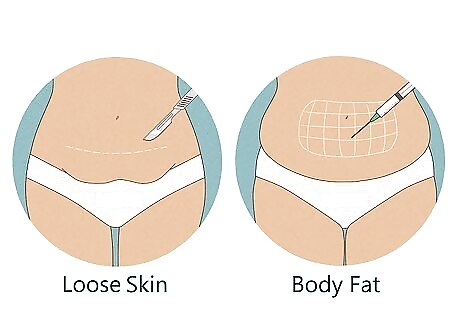
Medical procedures for body fat and loose skin: There are surgical and non-surgical options for both conditions, so you should always start by consulting with your healthcare provider about what procedures, if any, make sense based on your specific situation. All these procedures usually produce positive results with minimal (but not zero) risk of significant side effects. Fat reduction treatments include: Lipolysis, non-surgical fat elimination using cold, injections, lasers, or ultrasound waves. Liposuction, surgical removal of fat tissue. Loose skin treatments are typically surgical in nature and fall into the “lift” and “tuck” category—such as abdominoplasty (tummy tuck), rhytidectomy (facelift), and mastopexy (breast lift).


















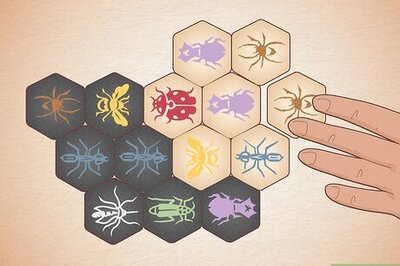
Comments
0 comment